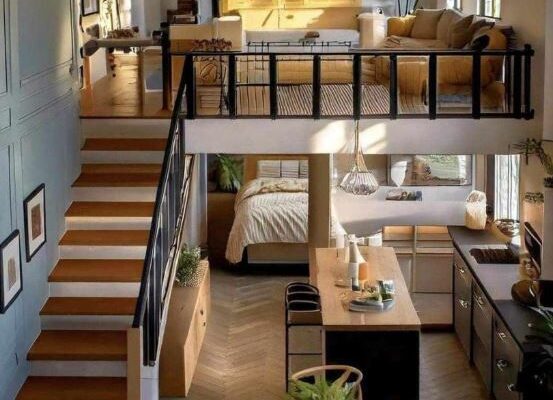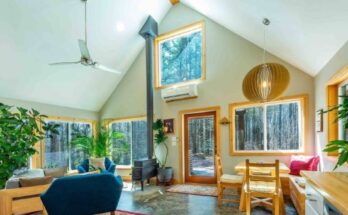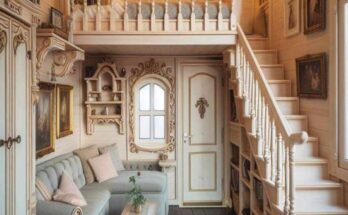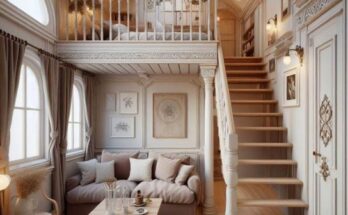Constructing a tiny home is a fun and useful way to embrace minimalist living while taking in the peace and quiet of the outdoors. More than just a tiny building, a tiny house can be a comfortable, useful home that blends in seamlessly with your ideal setting. Here is all the information you need to design and build a tiny home in the outdoors, whether you plan to use it as a retreat, a permanent home, or a weekend getaway.
Important Elements of a Tiny Home
Several essential spaces are included in a well-designed tiny house to optimize space and provide the necessities for comfortable living. A tiny house’s essential components are listed below:
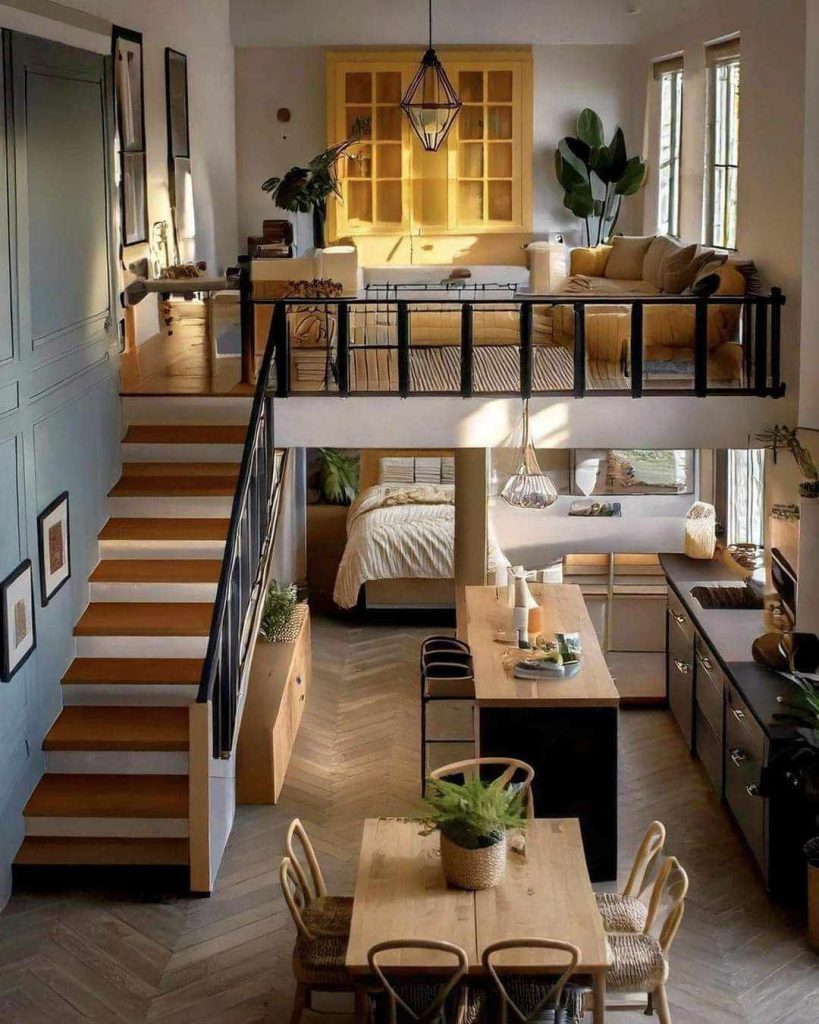
1. The Living Room
The focal point of your tiny home is the living room, which provides a place to unwind, mingle, and rest after a long day. The living room of a tiny house can be small and frequently has multipurpose pieces of furniture like foldable couches, storage ottomans, or a tiny but comfortable area rug. Innovative storage options that make the most of the available space include under-seat storage and wall-mounted shelves.
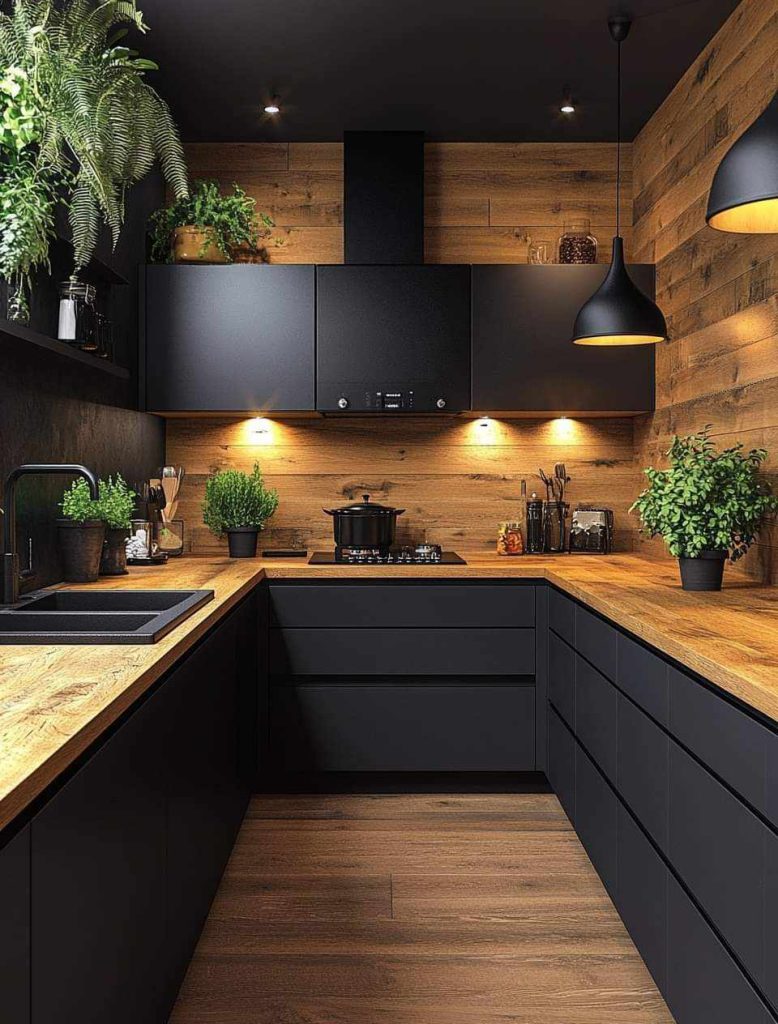
2. The kitchen
A tiny house’s kitchen is usually small but functional. It has cabinets to store food, dishes, and utensils, a sink, a two-burner stove, and a small refrigerator. When more prep space is required, a countertop that folds down or expands can be used. To save space and still enable comfortable cooking, some tiny homes even come equipped with a tiny dishwasher or a combination oven/microwave unit.
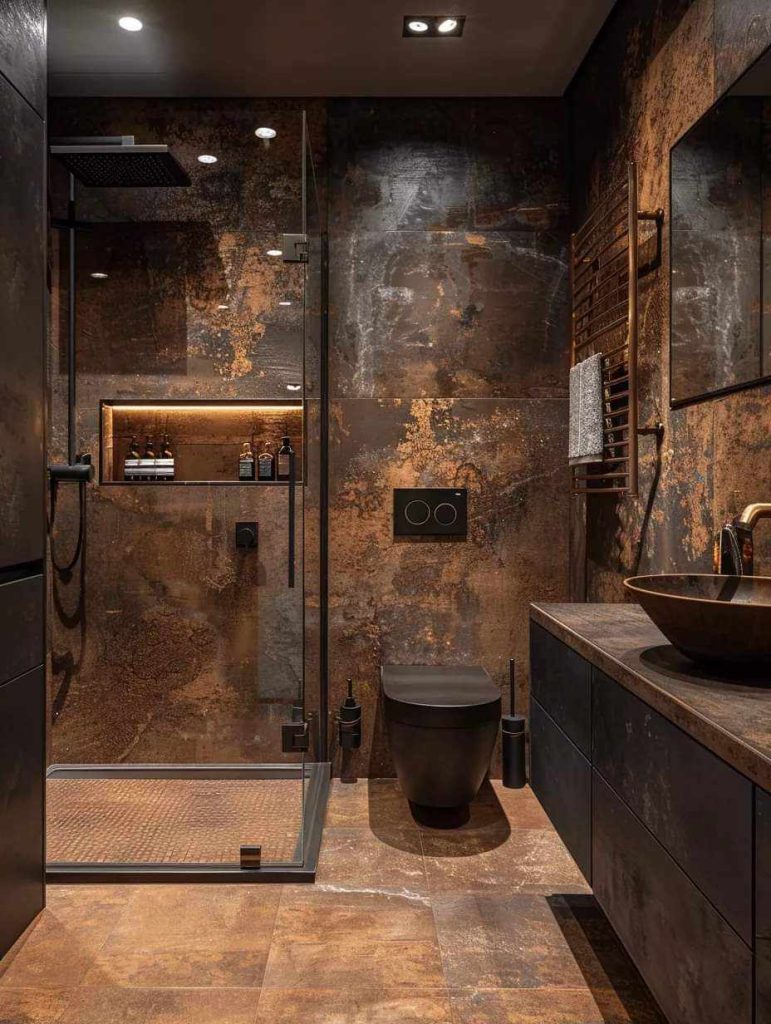
3. Bathroom
The bathroom is no exception to the rule that tiny homes make effective use of available space. It usually has a tiny sink, a composting or low-flow toilet, and a small shower. If there is room, you can install built-in toiletry shelves or a tiny vanity. For your tiny home with a natural theme, using natural materials like wood and stone can help create a spa-like atmosphere.

4. The bedroom, typically located on the second floor
To conserve space on the main floor, the bedroom is frequently located on the lofted second floor of tiny homes. With a small bed, a window for natural light, and maybe even a little reading nook, this makes for a comfortable and private sleeping space. The second floor is accessible via a space-efficient staircase or a ladder. Make sure your loft provides adequate headroom and comfort for comfortable nights if you intend to live in your tiny house full-time.
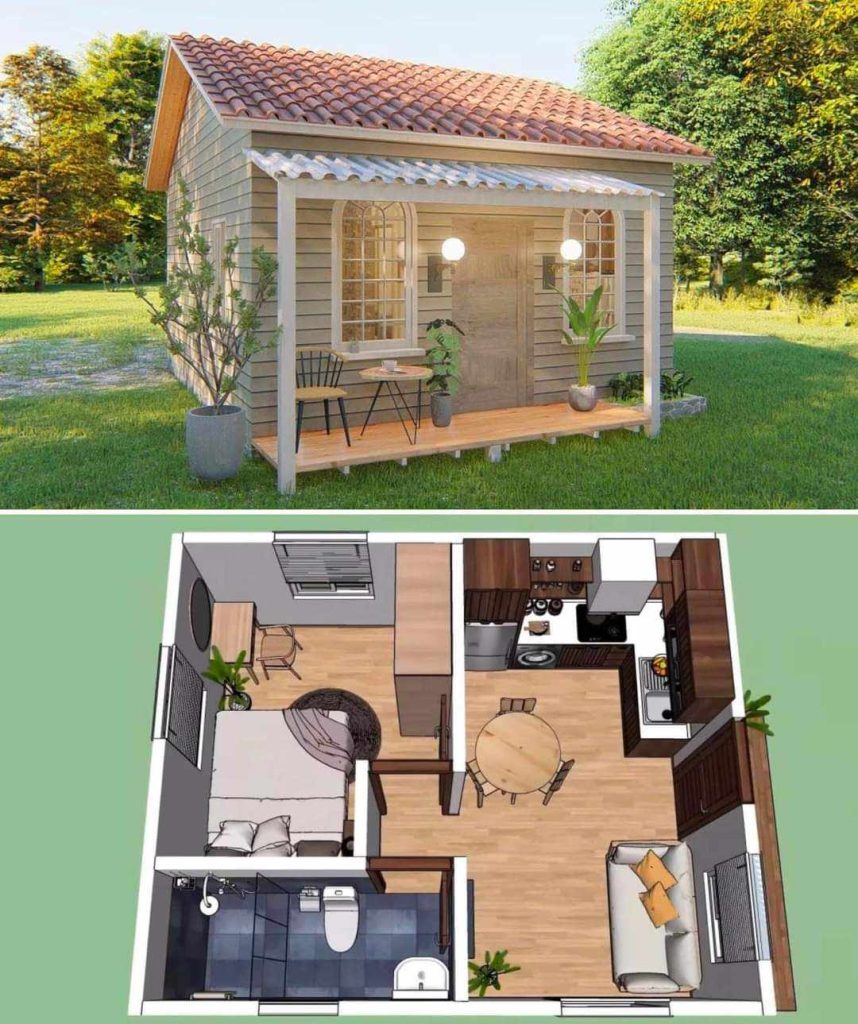
The Tiny House’s Size
The typical size of a tiny house is between 100 and 400 square feet. Tiny homes typically range in size from 200 to 300 square feet, which is perfect for designing a practical living area that feels spacious and light. Your needs and preferences will determine the size of your tiny home, but remember that every square foot matters. Making the most of your space while maintaining its comfort and efficiency is the aim.
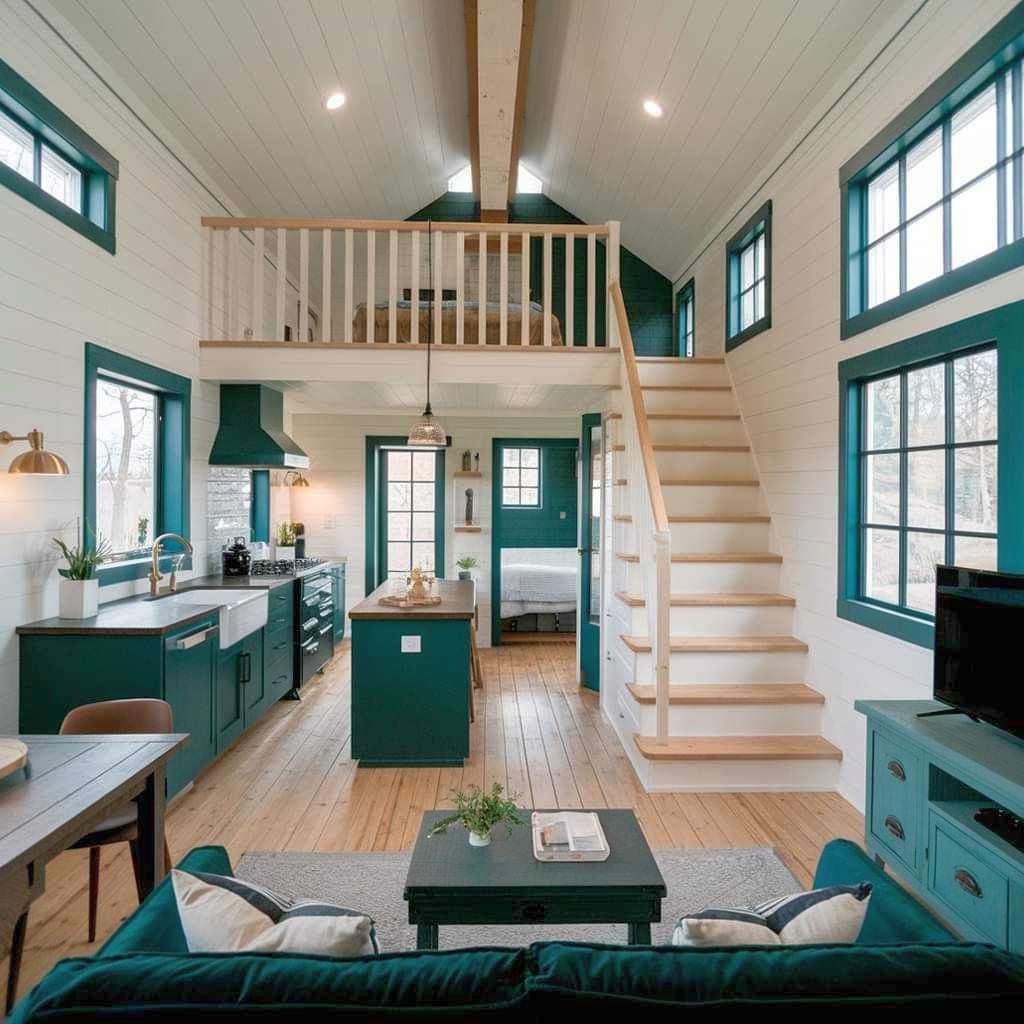
Essential Elements of a Sustainable Tiny House in Nature:
Given that your tiny home will be located in a natural setting, think about adding eco-friendly features like energy-efficient appliances, solar panels, and rainwater collection systems. You will be able to live in harmony with the environment and lessen your ecological footprint by doing this.
Insulation:
To keep your tiny house cozy all year round, proper insulation is crucial. To keep your space cool in the summer and warm in the winter, consider high-quality insulation options like wool or spray foam.
Storage Options:
In a tiny house, making effective use of storage space is essential. To make the most of every square inch of available space, choose under-bed compartments, lofted storage, or built-in shelves.
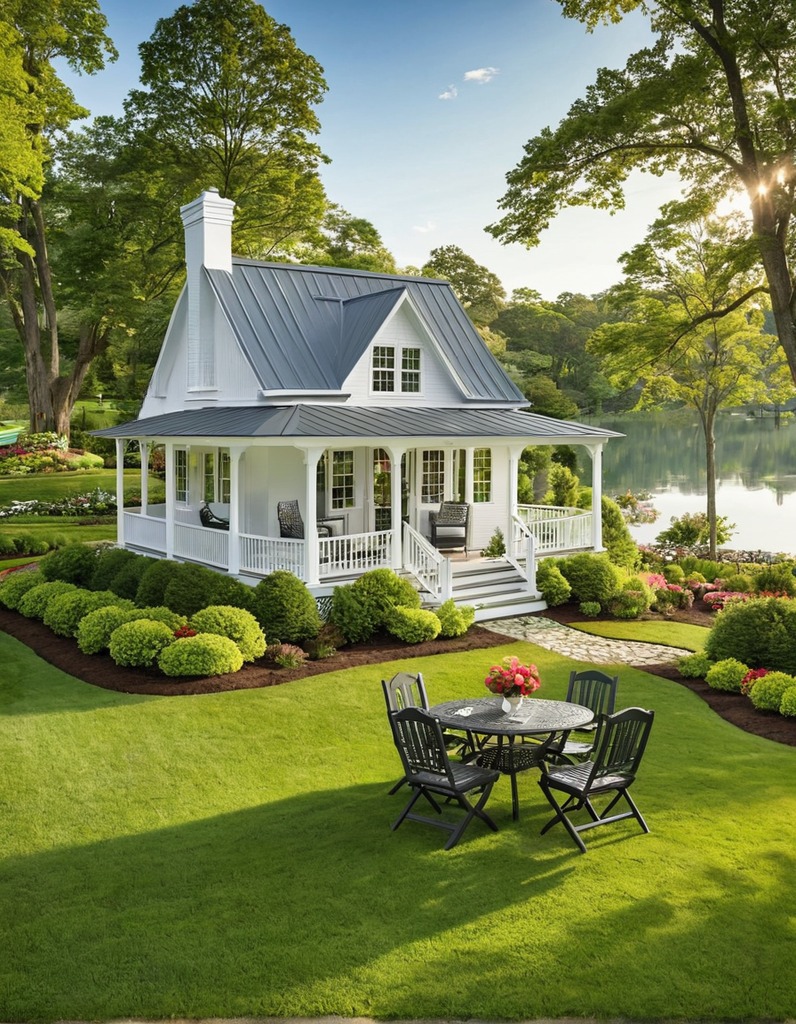
Natural Materials:
Your tiny house can blend in perfectly with the surroundings if you use natural materials like bamboo, stone, and wood in its design. These materials improve your tiny home’s overall appearance in addition to adding coziness and personality.
Outdoor Space:
Remember to incorporate an outdoor space where you can unwind, host visitors, or just take in the splendor of the natural world. You can increase your living area and create a tranquil haven with a small patio, deck, or porch.
